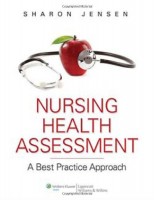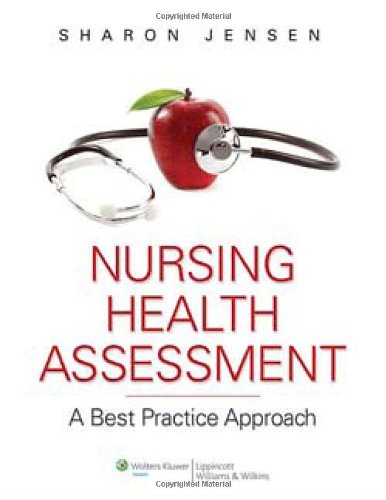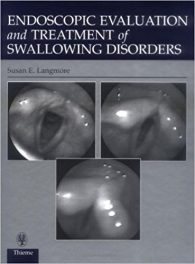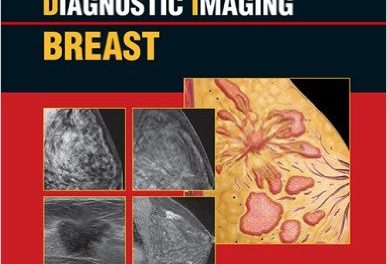 Editor: Sharon Jensen, MN, RN
Editor: Sharon Jensen, MN, RN
Publisher: Wolters Kluwer | Lippincott, Williams & Wilkins
Book Review by: Sonam Daulat
This book informs us that in addition to using traditional means of obtaining information on a patient, some innovative methods are used as well, when clear communication is not possible, when the patient gives surprising responses, or when his or her condition changes radically.
In building a preliminary case history of the patient, a real-life approach is used, which includes asking related questions, obtaining additional data from various sources, and recorded changes in the patient’s condition.
But the effort of building and synthesizing knowledge on the patient by the nurse, the editor Sharon Jensen writes in her Preface, also requires her or him to critically analyze data, document salient points, plan for care, and communicate the findings.
Besides helping you the nursing student or practitioner build case histories on patients, this book also helps you benefit from it by presenting these useful approaches and features:
- Emphasis on health promotion, risk-factor reductions, evidence-based critical thinking and diagnostic reasoning
- Distinctions between common techniques and specialty or advanced practice skills
- Two-column format emphasizing not just techniques and findings, but ways to differentiate normal data, normal variations, and abnormalities.
Twenty-five contributors from around the United States authored the 31 chapters of this book that are organized around basic five units as shown below:
- Foundations of Nursing Health Assessment
- The Nurse’s Role in Health Assessment
- The Interview and the Therapeutic Dialogue
- The Health History
- Techniques of Physical Examination and Equipment
- Documentation and Interdisciplinary Communication
- General Examinations
- General Survey and Vital Signs Assessment
- Pain Assessment
- Nutrition Assessment
- Assessment of Developmental Stages
- Mental Health Assessment
- Assessment of Social, Cultural, and Spiritual Health
- Assessment of Human Violence
- Regional Examinations
- Skin, Hair, and Nails Assessment
- Head and Neck with Lymphatics Assessment
- Eyes Assessment
- Ears Assessment
- Nose, Sinuses, Mouth, and Throat Assessment
- Thorax and Lungs Assessment
- Heart and Neck Vessels Assessment
- Peripheral Vascular and Lymphatic Assessment
- Breasts and Axillae Assessment
- Abdominal Assessment
- Musculoskeletal Assessment
- Neurological Assessment
- Male Genitalia and Rectal Assessment
- Female Genitalia and Rectal Assessment
- Special Populations and Foci
- Pregnant Women
- Newborn Infants
- Children and Adolescents
- Older Adults
- Putting It All Together
- Head-to-Toe Assessment of the Adult
- Appendices
- Illustration Credit List
- Index
The organization of materials in each chapter is well laid out, and it is designed to help you the student learn better, absorb faster, and retain for longer time periods. It will also make you review your lessons easier when preparing to take an exam.
Here are some of the items you will find in the chapters to make your learning experience a pleasant one:
- Learning Objectives presents in bullet points your retention goals from each chapter
- Case Presentation features a patient with a photo and summary of findings
- Critical Thinking Challenge asks questions that require evaluation and judgment
- Therapeutic Dialogue provides examples of less and more effective communications
- Technique and Normal Findings – Abnormal Findings: provides comparison tables
- Analyzing Findings: summaries of subjective and objective data, analysis, and plan
- Documenting Abnormal Findings stresses inspection, palpation, percussion, auscultation
- Collaborating with Other Health Care Providers uses the SBAR guide
- Putting It All Together shows a table on how to bring all assessment elements together
- Applying Your Knowledge: helps you intervene, evaluate, and collaborate based on data
- Key Points: distills the most important information of the chapter at its end
- Review Questions : gives 10 questions in summary on case studies requiring thinking
- References: lists books and other sources on topics covered in the given chapter
In addition to the above itemized useful features, you will find other items to aid your learning. These are boxes, charts, drawings, figures, photos (of equipment, instruments, patients) tables, and other types of illustrative materials to help you/
This is an excellent, highly useful book.
Sharon Jensen, MN, RN is Instructor in the School of Nursing at Seattle University in Seattle, Washington.







